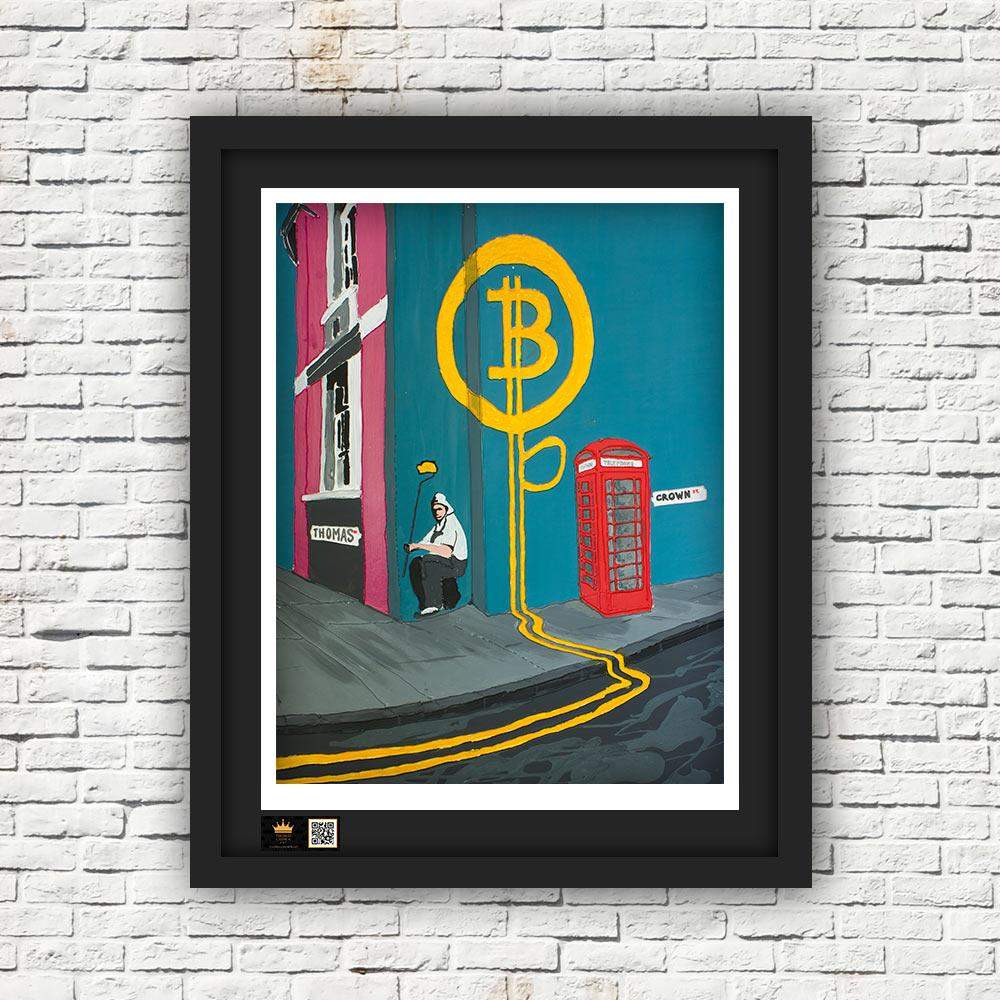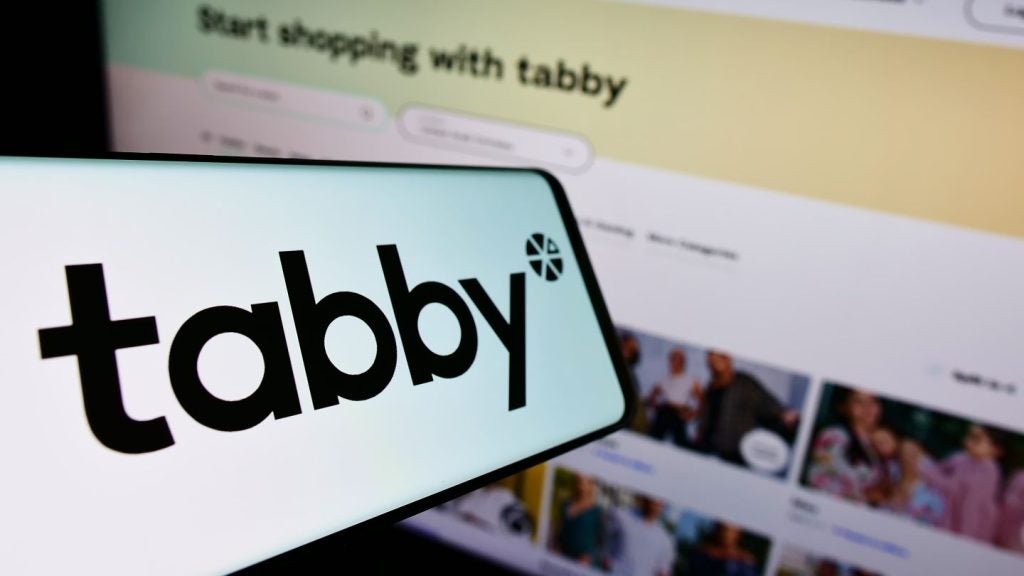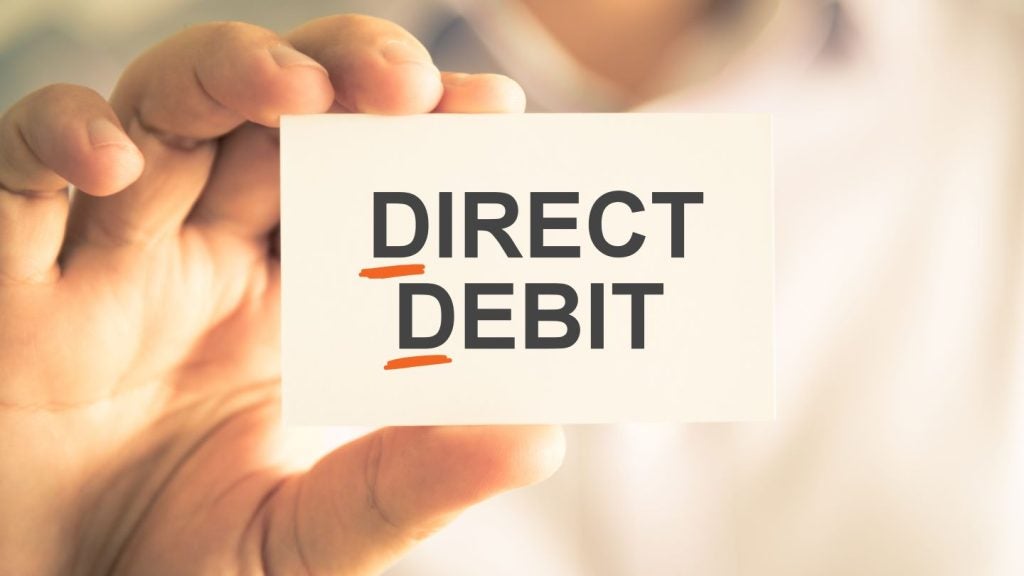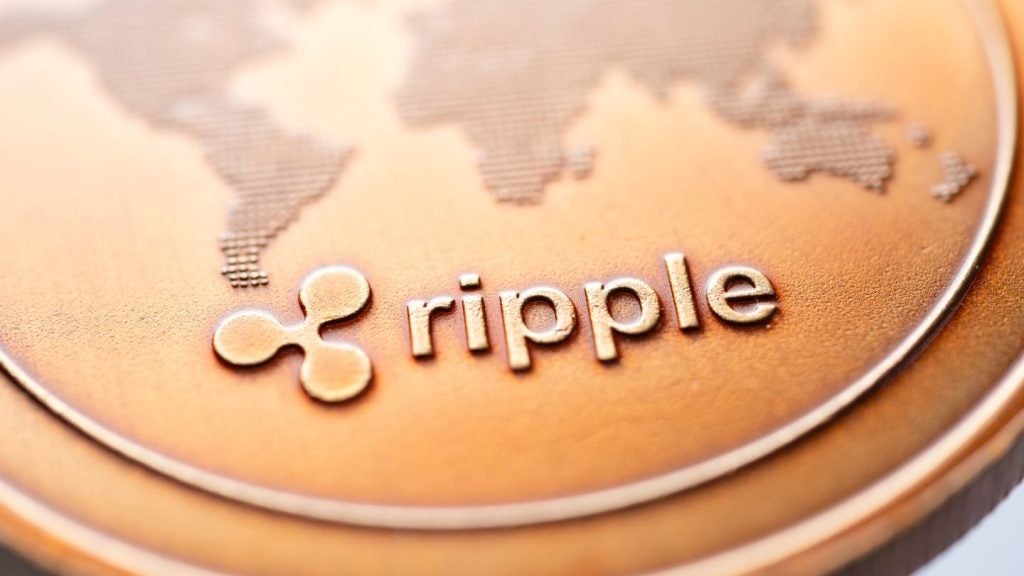
This week, Bitcoin turns ten and the world is still figuring out if and how it should be used.
Only weeks after the infamous collapse of Lehman Brothers, the essay “Bitcoin: a peer-to-peer electronic cash system” was published. Dubbed, ‘the birth of Bitcoin’, the paper outlined the technical details of a revolutionary payment system that would enable people to transfer and receive payments without needing to involve any intermediary financial organisation.
When Bitcoin was released in January 2009, the decentralised network started to change the way society perceived money and how it is handled.
The cryptocurrency is as mysterious as its creator. Known only under the pseudonym Satoshi Nakamoto, his true identity is still a mystery. However, his creation started a global fascination.
Bitcoin turns ten – what do we know?
Criticised and praised, trialled and dropped, Bitcoin is still a suspicious asset. Nakamoto published his paper with the intention of developing a completely decentralised virtual currency. The rules of traditional banking do not apply to it.
Nakamoto stayed in the shadows while the black market took hold of Bitcoin. Making its debut in underground channels such as the Silk Road, the cryptocurrency gained a dark reputation; an asset used for drug trafficking and smuggling.
How well do you really know your competitors?
Access the most comprehensive Company Profiles on the market, powered by GlobalData. Save hours of research. Gain competitive edge.

Thank you!
Your download email will arrive shortly
Not ready to buy yet? Download a free sample
We are confident about the unique quality of our Company Profiles. However, we want you to make the most beneficial decision for your business, so we offer a free sample that you can download by submitting the below form
By GlobalDataA programmer, Laszlo Hanyecz made the first commercial transaction of Bitcoin in 2010 when he purchased two Papa John’s pizzas for 10,000 Bitcoin.
So as Bitcoin turns ten, would Nakamoto be proud of what his invention has become?
The power of blockchain
Bitcoin has fascinated the world, but its the technology behind it that holds the real potential. Blockchain sought to transform the way we make payments and eliminate the middle man – the middle man being banks and other financial organisations.
Essentially, blockchain is a large distributed database. It’s completely open and transparent and anyone can change the underlying code. It uses state-of-the-art cryptography. It started its journey to revolutions payments, but its use cases can span much wider and with incredible benefits.
Tested and used in all areas of industry from education, government and healthcare, the cryptocurrency is proving its more than just a tool for criminals.
The reality is that in its first ten years, Bitcoin has proved itself to be a valid payment method. While we may not be buying our morning coffee with it yet, the cryptocurrency has made impressive progress.
Becoming mainstream
New currency developments have, throughout time, been associated with suspicion. With Bitcoin, its value is often determined by its current market price.
However, it is becoming more widespread and not just by crypto-enthusiasts but by Governments.
There are some central banks that are looking into how cryptocurrency could fit into their platforms
In February 2018, Saudi Arabia’s central bank signed a landmark deal with US-based fintech Ripple. A first of its kind, the deal will banks in the kingdom to settle payments using blockchain technology.
Most of the regulators in the Gulf have expressed their criticism of using such volatile and untested technology. However, the central bank and Ripple both agree that by harnessing the technology, Saudi banks will conduct faster, cheaper and more transparent cross-border transactions.
The Central Bank of Caribbean islands Curaçao and Sint Maarten is exploring the possibility of a digital currency.
Wanting to delve deeper into the workings behind digital currency, the MoU is to explore the feasibility of the CBCS issuing a digital Curaçao and Sint Maarten guilder. A digital currency that will be able to support digital payments within the monetary union of Curaçao and Sint Maarten.
So as Bitcoin continues to send shockwaves across the world, what can we expect for the next ten years?
Throughout history currencies change when a more secure and efficient alternative comes along. The human race has journeyed through bartering animals, to metals, to gold, to coins, to paper notes, to cards and to where we are now with contactless and biometrics shaping payments.
In more ways than one, Bitcoin has proved itself to be a valid and secure payment method for the future.







